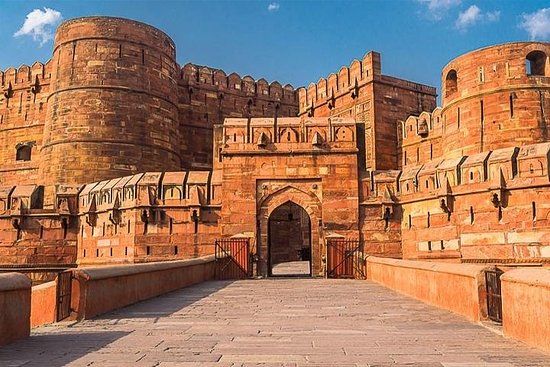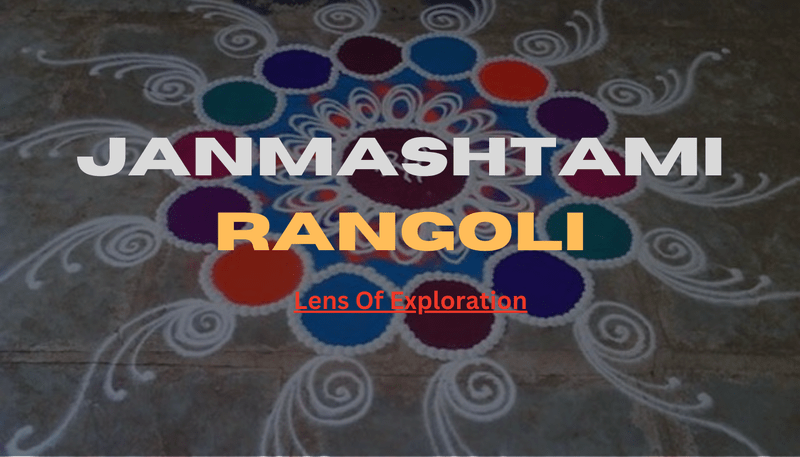Introduction
Nestled in the heart of Delhi, India, the Red Fort stands as a proud symbol of India’s rich history and cultural heritage. Known for its stunning architecture and historical significance, the Red Fort attracts millions of visitors each year. This UNESCO World Heritage Site offers a glimpse into the grandeur of the Mughal era, making it a must-visit destination for tourists from around the globe.
Historical Significance Red Fort
Constructed in the mid-17th century by the Mughal Emperor Shah Jahan, the Red Fort, also known as Lal Qila, served as the main residence of the Mughal emperors for nearly 200 years. This imposing fortress witnessed the rise and fall of the Mughal Empire and played a pivotal role in India’s struggle for independence. The fort’s historical importance is further highlighted by the fact that India’s first Prime Minister, Jawaharlal Nehru, hoisted the national flag here on August 15, 1947, marking the end of British rule.
Architectural Marvel of Red Fort
The Red Fort is a masterpiece of Mughal architecture, characterized by its massive red sandstone walls, intricate carvings, and beautiful gardens. The fort spans over 254 acres, with its walls extending up to 2.4 kilometers in length. Some of the key architectural highlights include:
- Lahore Gate: The main entrance, named after the city of Lahore in Pakistan, is an iconic symbol of the fort.
- Diwan-i-Aam: The Hall of Public Audience, where the emperor addressed the common people and heard their grievances.
- Diwan-i-Khas: The Hall of Private Audience, where the emperor held private meetings with his courtiers and foreign dignitaries.
- Mumtaz Mahal: A palace within the fort that now houses a museum showcasing Mughal artifacts.
- Rang Mahal: The Palace of Colors, known for its stunning interiors and a central pool.

Visitor Experience
A visit to the Red Fort offers an immersive experience that takes you back in time. As you walk through its grand gates and explore the various buildings and courtyards, you can almost hear the echoes of history. The fort also hosts a spectacular sound and light show every evening, narrating the fort’s history in an engaging and entertaining manner.
Interesting Facts and Figures
- Construction: The Red Fort was constructed over a period of 10 years, from 1638 to 1648.
- Design: The fort’s design is credited to the renowned architect Ustad Ahmad Lahauri, who also designed the Taj Mahal.
- Materials: Approximately 1.5 million bricks and over 13,000 cubic meters of red sandstone were used in its construction.
- UNESCO World Heritage Site: The Red Fort was designated as a UNESCO World Heritage Site in 2007.
- Annual Visitors: The fort attracts over 3 million visitors annually, making it one of the most popular tourist destinations in India.

Tips for Visitors
- Best Time to Visit: The best time to visit the Red Fort is during the cooler months, from October to March.
- Entry Fees: The entry fee for Indian citizens is nominal, while for foreign tourists, it is slightly higher. It’s advisable to check the current rates before planning your visit.
- Guided Tours: To fully appreciate the historical and architectural significance of the fort, consider hiring a guide or using an audio guide.
- Nearby Attractions: While in Delhi, you can also visit other nearby attractions such as Jama Masjid, Chandni Chowk, and Raj Ghat. Learn about Cultures of India.
Conclusion
The Red Fort is not just a monument; it is a living testament to India’s glorious past. Its grandeur, historical significance, and architectural brilliance make it a must-visit destination for anyone exploring Delhi. Whether you are a history buff, an architecture enthusiast, or simply a curious traveler, the Red Fort promises an unforgettable experience. More Cultures.
Plan your visit to the Red Fort and immerse yourself in the rich tapestry of India’s history and culture. Witness the majestic beauty of this timeless jewel and create memories that will last a lifetime.



